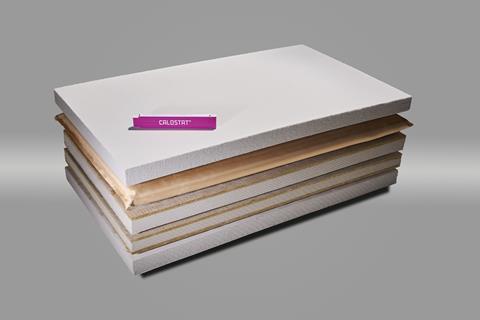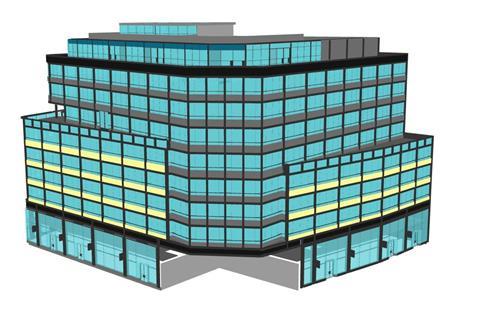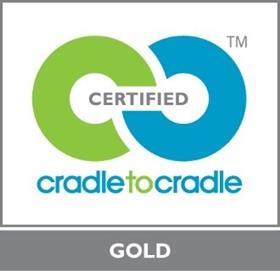- Independent study by Arup proves financial benefits of high-performance insulation material CALOSTAT®
- Added value through area gain significantly exceeds costs
- Long service life and sustainability increase the value of buildings
Modern, mineral-based, high-performance insulating materials like CALOSTAT® from Evonik offer an array of technical advantages over traditional materials: they do a much better job of insulating, and they are non-combustible, long-lasting, and recyclable. Their technical performance translates to economic benefits for construction planners and investors.

Working on behalf of Evonik, the international planning and consulting firm Arup took a close look at these benefits and did the math. Their results of the independent study were clear: added value from using CALOSTAT® came in the form of additional space, reduced operating costs, and improved comfort.
Added value through added space
“By using CALOSTAT® from Evonik, investors can gain more usable floor area within the existing space,” explains Dr. Bettina Gerharz-Kalte, head of the thermal insulation growth field at Evonik. The London office building in this example was eight stories tall with an area of 20,000 square meters; without increasing the cubic content or changing the external dimensions, the recovered floor space was calculated at 1%.

In concrete terms, this translates to 210 sq m that can be sold or rented out. Even though use of the high-performance insulating material increased the overall cost of the facade by 10% to 15%, the bottom line came to €3m in additional profits. Rental income will allow the building operator to realize its return on investment (ROI) in just four to six years. The variability comes from a number of scenarios based on different underlying assumptions (regarding price development, etc.).
Reduced operating costs
Compared to traditional mineral wool, CALOSTAT® lowers heating demands associated with the facade by an additional 2% to 4% percent and reduces annual cooling demands by as much as 6% to 9%. The latter is because the insulating power of CALOSTAT® does not depend on temperature—the product performs just as well when outdoor temperatures are high.

Improved comfort
During sun exposure, the product can be expected to reduce interior surface temperatures by approximately 1.5°C on southern facades and by 0.6 to 0.7°C on west facades. Both of these values correspond to a significantly more comfortable environment for users near exterior walls.
Long product life and sustainability
According to Evonik, the insulating material can last for at least 50 years with no loss in performance. “Traditional insulating materials usually have to be replaced within that time, and that’s expensive,” points out Tobias Wild-Blatt, an architect and customer advisor for Evonik in the United Kingdom. For builders, the combination of outstanding insulation performance, non-combustibility, and recyclability that CALOSTAT® offers means more than just efficient insulation—it also allows them to improve the safety and sustainability of a building. Both factors play an increasingly important role in assessing a building.


“What we know from many discussions,” Wild-Blatt explains, “is that investors achieve higher sales prices for longer periods of time from buildings constructed according to ecological criteria—because that’s what buyers are paying more attention to.”
This is another area where the high-performance insulating material can help investors: its gold level Cradle-to-Cradle certification and environmental product declaration with a recycling option will have a positive impact on DGNB (German Sustainable Building Council), LEED, and BREEAM assessments. The fact remains: insulation is a smart investment; mineral-based, high-performance insulating material is an even smarter investment.


























